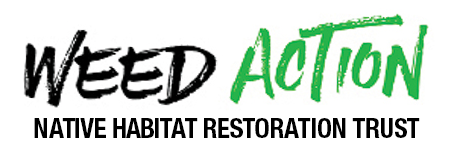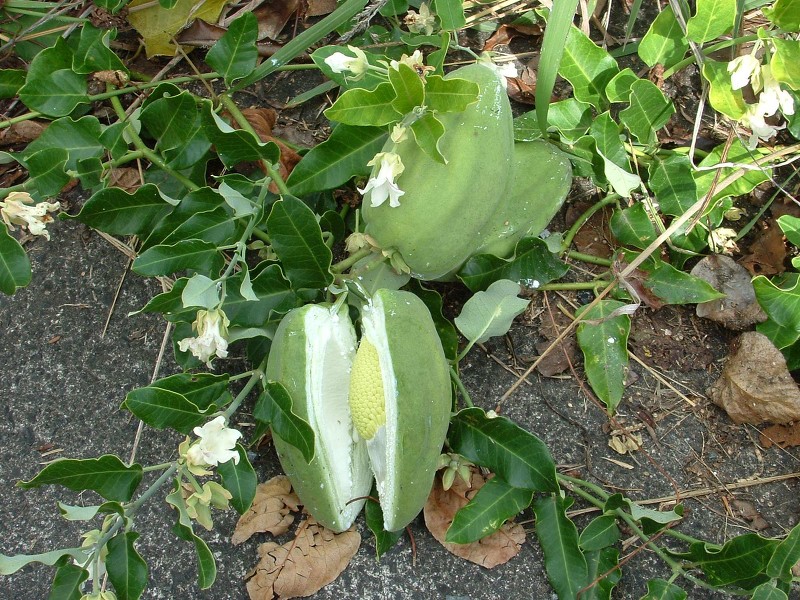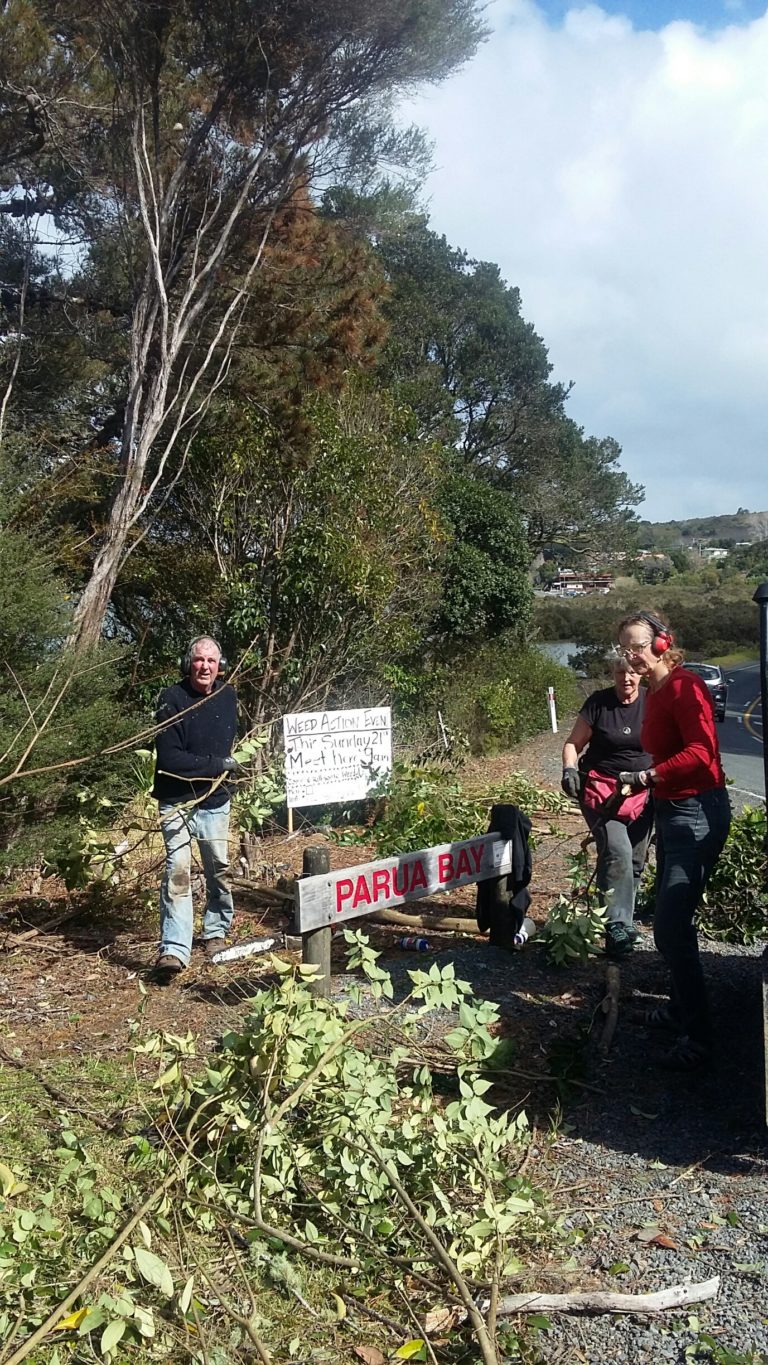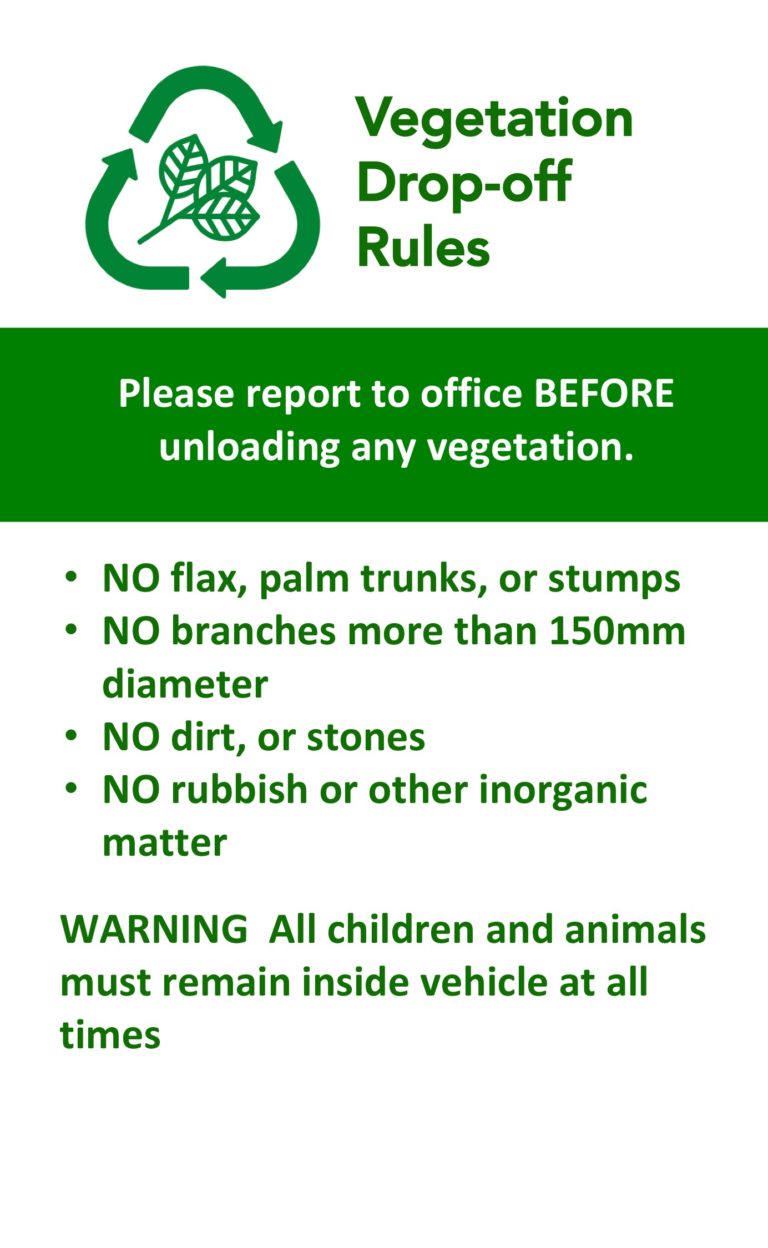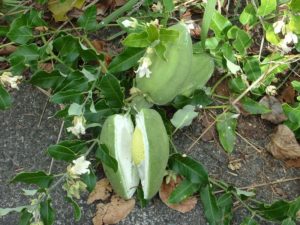 Araujia hortorum
Araujia hortorum
Just want to know how to kill it?
Skip to control methods
Also known as
Cruel Plant, Kapok Vine, moth vine, milk vine, milk weed, wild choko vine, Araujia sericifera, Physianthus albens
What does it look like?
Rampant, evergreen vine growing up to 8 m tall with smelly, milky sap and twining flexible stems that are covered in down and woody near the base. Leaves are arrowhead-like in shape (3-12 x 2-6 cm) and alternate on the stems. Leaves are green, hairless and dull on the top, and downy and paler grey/green underneath. Clusters of 2-4 bell-shaped creamy coloured flowers (20-25 mm diameter), occasionally with pink streaks, appear from December to May, followed by distinctive thick, leathery, pear-shaped choko-like pods (10 x 7 cm) containing kapok-like pulp, which splits open to disperse many black, thistledown-like seeds.
Why is it a problem
Germinates in light wells or semi-shade inside established forest, rapid growth up to canopy, forming large, heavy, long-lived masses that can smother and kills host plants and prevent the establishment of native plant species. Produces masses of viable seeds (250- 1000 per pod) that can drift long distances on air currents. Tolerant of shade, very tolerant of drought or damp, wind, salt, many soil types, and damage. Poisonous and sap is an irritant (not grazed).
The mouth parts of Monarch butterflies feeding in the flowers become gummed up, leading to eventual starvation and death.
How does it spread?
Seeds dispersed by wind up to 30 km away, but the majority of the seed often dispersed within a much smaller radius. Also spread on clothing, animals.
How much of it do we have on the Whangarei Heads Peninsula?
Moth plant is a growing issue for the Heads. Because of the vast numbers of seeds present in each pod, once allowed to fruit 1000s of seedlings often come up in the near vicinity and can also start new infestations a long distance from the source. We have a number of very significant infestations sites on the Heads, and many scattered plants, but nowhere near the levels found near more urban centres.
What can we DO about it at Whangarei Heads?
Fortunately, moth plant is easy to successfully control, and if we prevent vines from fruiting or releasing their seeds we can make a huge difference to the rate of spread. If we can raise awareness and encourage all landowners to control moth plant on their properties we can protect the Heads as a whole. Kill the vines on your property and in your neighbourhood and make ‘no fruiting moth plants’ a goal for this community!
Check out the control methods below:
How do I control it?
Additional safety note: Sap poisonous, causes dermatitis. Protect skin against contact with sap.
- Hand removal: Dig and pull out seedlings/small vines. Hang roots up off the ground, leave cut vines up in trees to die. Collect pods and dispose of to landfill, burn or bury deeply.
- Cut stump application: Cut at ground level and immediately treat cut stems with 100ml Trichloram /1L water, or Picloram gel. If using Picloram gel, make the cut higher and paint approx. 20cm of the stem below the cut, as well as the cut surface. Leave remaining cut material on site to rot down.
- Foliar spray: in summer (2gms metsulfuron + 100 mls glyphosate mls /10 litres water + penetrant ), or (60ml Tordon Brushkiller® /10L water + penetrant), Summer-Autumn best. Clear off desirable trees before spraying to reduce non-target damage. Don’t replant sprayed sites for 6 months/until seedlings appear naturally.
- Spray seedlings with triclopyr @ 6mls/ L water + penetrant. Follow up regularly.
Remove and dispose of pods first to minimise seeding. Follow up regularly.
CAUTION: when using any herbicide or pesticide PLEASE READ THE LABEL THOROUGHLY to ensure that all instructions and safety requirements are followed.
Click here for more information on the herbicides referenced in the control methods, or here for more information on the suggested techniques.
Moth Plant Photos
Save
Save
